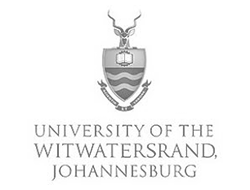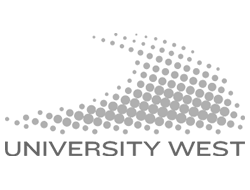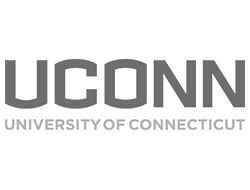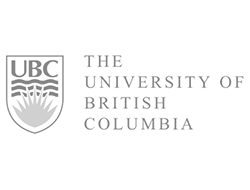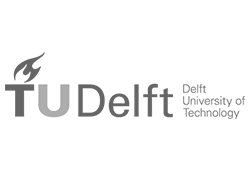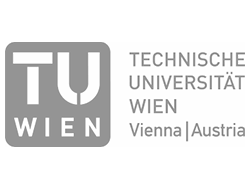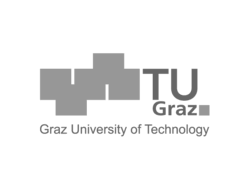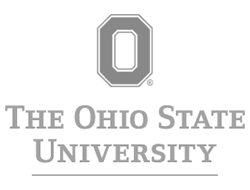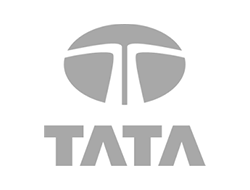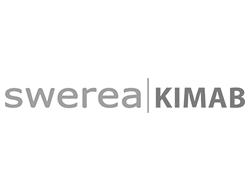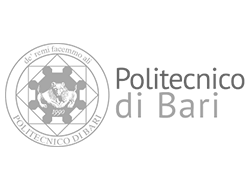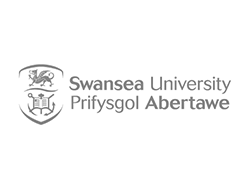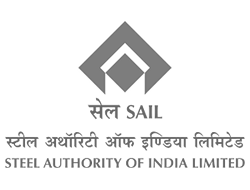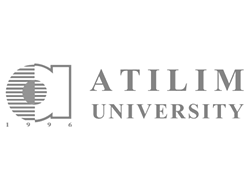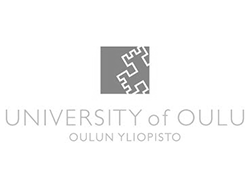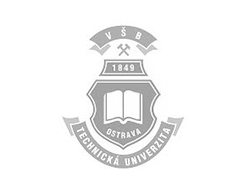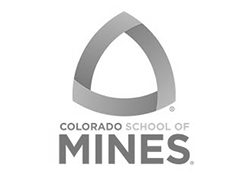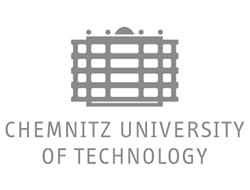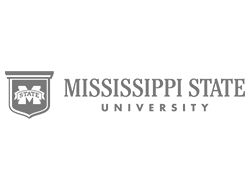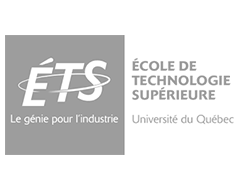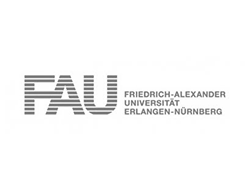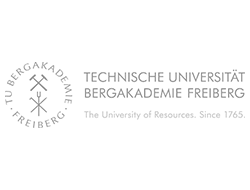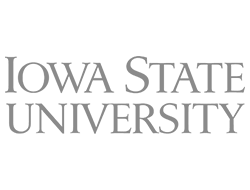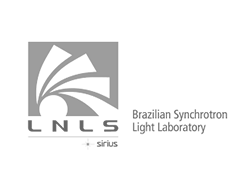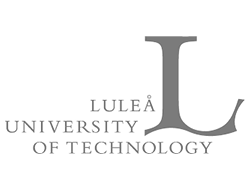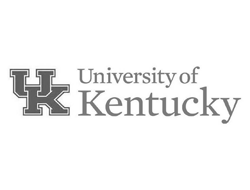National Steel - Detroit
For Dr. Chih-Hao Shen, Research Engineer at National Steel Corporation's Technical Research Center in Detroit, a Gleeble physical simulation system is an essential part of an ambitious research program aimed at optimizing production processes.
During the past two and a half years, Dr. Shen has been using a Gleeble 1500 — first installed at National Steel nearly a decade ago — to conduct research in four main areas.
The first involves plane strain compression used to simulate hot mill rolling conditions. Dr. Shen and his colleagues use the Gleeble to physically simulate a rolling mill of 5-6 stands. Then they check the microstructure of the sample and compare it with the actual rolling mill product to establish the relationship between each stand in the rolling mill and the resulting microstructure.
The research is aimed at establishing a base line of information that National Steel can use for fine-tuning the process in the future. Right now, they have people in the mill who can turn the rolling mill based on their experience, but Dr. Shen is working to establish a fundamental basis for optimizing the process even more.
A second thrust of plane strain compression research is designed to determine the deformation resistance of the steel during rolling. A sample of steel is given one or two hits at different temperatures and reductions to produce a force vs. displacement curve. For example, a one-hit test may be at 1,900°F with 30% reduction. The data from the test is then converted to a stress and strain curve, from which the average or mean stress value can be obtained.
"This then will give us an idea how to adjust the mill by giving us basic data about temperature, reduction, and resistance. We can compare this with current mill settings and learn how to optimize steel rolling conditions to save money," Dr. Shen says.
Another series of tests aims at getting basic data regarding the steel's tensile properties at high temperature.
Dr. Shen explains, "After rolling, a coiler is used to roll up the long, thin steel strip. But sometimes the steel is hard to coil. As a result, what we are seeking to learn is the steel's strength at the coiling temperature, so we can use the information to adjust the coiler."
In using the Gleeble to determine the hot yield strength of the steel at coiling temperature, which may be 1,000-1,200°F, Dr. Shen departs from traditional hot tensile tests: he performs the test at high strain rates, to simulate the action of the coiler.
A fourth avenue of research involves cooling. After it is hot rolled, the steel, usually at about 1,700°F, goes to a runout table for cooling. Dr. Shen and fellow researchers want to simulate the cooling process and phase changes as the steel goes from high temperature to low temperature. They use the Gleeble dilatometer to measure dimension changes and determine the temperatures at which transformations start and stop.
"The continuous cooling transformation (CCT) curve we generate is very important to the mill," Dr. Shen says. "We are trying to determine what deformation and cooling schedules will give us the microstructure that we want."
"This testing will give us an idea of the effect of different cooling rates and cycles. Our ultimate goal is to consolidate our steel chemistry and use cooling conditions to get the properties we want. We hope to save a lot of money by not having to melt various steels but instead getting the desired performance by treating the steel in different ways after it is cast."
Dr. Shen points out that the Gleeble is critical to this work because it allows him to first simulate the deformation of the rolling mill and then generate the CCT curve. Traditionally, CCT testing is done without deformation.
"We couldn't simulate a rolling mill on another machine," Dr. Shen adds. "Both the thermal and mechanical capabilities of the Gleeble are very important to the kind of simulation work we do."
This article first appeared in the Gleeble® Newsletter — Fall 1991.




